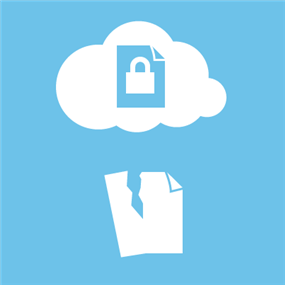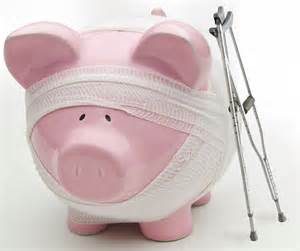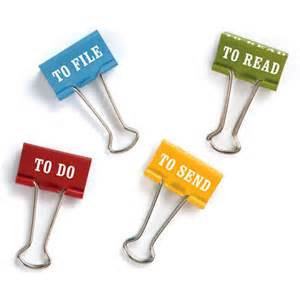You need auto insurance to drive your car legally, but there a few different types of coverage you can opt into that provide additional protection. Understand these seven types of insurance as you decide on coverage that meets your needs and budget.
If you’re at fault for an accident, your liability insurance will pay for property repairs, medical treatments and other related expenses. Many states require minimum liability, but it’s a wise idea to purchase more. Otherwise, a single accident could wipe out your savings and cause severe financial hardship.
You could get stuck with the bill if you’re in an accident caused by a driver who doesn’t have insurance or adequate coverage. In this case, your uninsured motorist insurance will pay to repair your vehicle.
Medical payments after an accident can reach thousands of dollars. If you don’t have a good health insurance policy in place, use your medical or personal injury insurance to pay medical bills for you and your passengers.
Pay to repair your own vehicle after an accident with collision insurance. Many consumers don’t buy collision coverage on older vehicles, but it’s definitely a smart investment for new or expensive cars.
Damages that occur outside of an accident are covered by comprehensive insurance. Examples include storm damage, animal collisions or theft. While it is an extra expense, tracking and anti-theft devices reduce comprehensive insurance costs.
When you have a car loan you’re still paying, consider gap insurance. It pays off your vehicle if you’re in an accident that totals your car. With this coverage, you’re not stuck paying off a car you can no longer drive while figuring out how to buy another vehicle.
Several states currently offer no-fault insurance. It can be expensive, but it pays for injuries and property damage no matter who caused them.





 Whole life insurance is one of several life insurance options you can invest in. It provides coverage for as long as you pay the premiums, and you can withdraw cash from the benefits balance before you die and pay for travel, medical care or other expenses.
Whole life insurance is one of several life insurance options you can invest in. It provides coverage for as long as you pay the premiums, and you can withdraw cash from the benefits balance before you die and pay for travel, medical care or other expenses.








